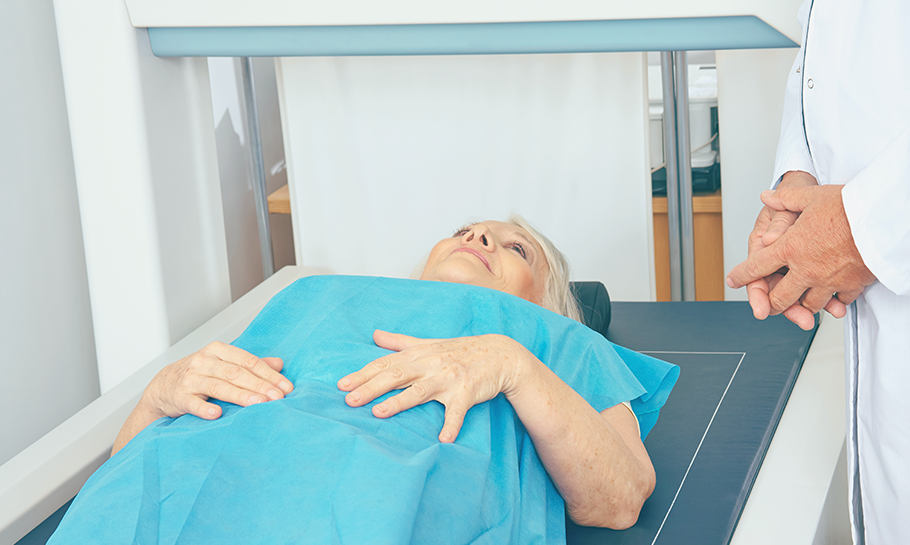Bone Density Test

Osteoporosis is a potentially painful and crippling disease that affects 10 million American women. Considered a “silent disease,” about 75 percent of women don’t even know they have it. Bone loss is expected as part of the aging process, but if it becomes too severe, women become more at risk for breaks and fractures. The personal consequences could mean loss of independence, pain, deformity, disability or even death.
A simple painless, bone density test can help you take steps to prevent this disease or slow the progression. The test measures your risk of developing osteoporosis and future fractures. With this information, we can determine an appropriate treatment plan.
The National Osteoporosis Foundation recommends getting a bone density test if:
- You are a woman, age 65 or older
- You are a man, age 70 or older
- You break a bone after age 50
- You are a woman of menopausal age with risk factors
- You are a postmenopausal woman under age 65 with risk factors
- You are a man between the age of 50 and 69 with risk factors
What to expect during the test
Unless you are told otherwise, eat normally on the day of the test, but avoid taking calcium supplements for at least 24 hours prior to your appointment. Wear loose, comfortable clothing without zippers, buttons, grommets or any metal. Make sure you have not had a barium study, radioactive tracer injection or contrast material used in MRI or CT tests within a week prior to your bone density test.
There are no injections or invasive procedures prior to the exam. You will lie comfortably still on a padded table. You’ll most likely be scanned on the hip and spine (which tend to be more prone to fractures). The test only takes a few minutes to complete. Then, the information from the test will help your physician determine whether you would benefit from additional therapy to maintain healthy bones.
Talk with your primary care provider to see if a bone density test can help detect osteoporosis.